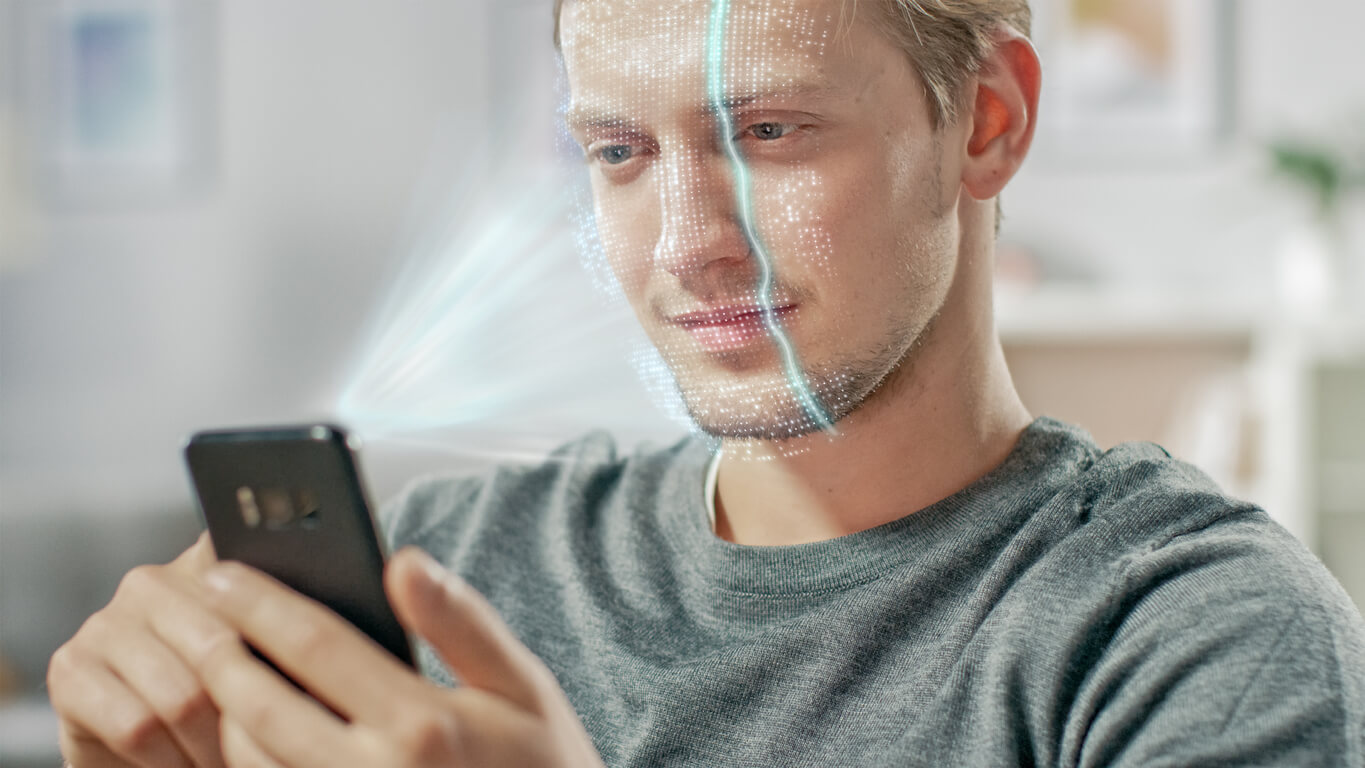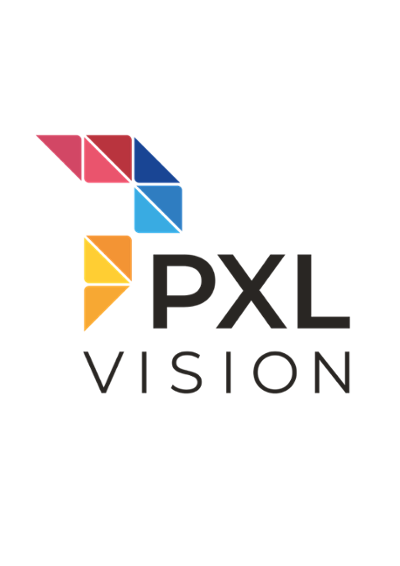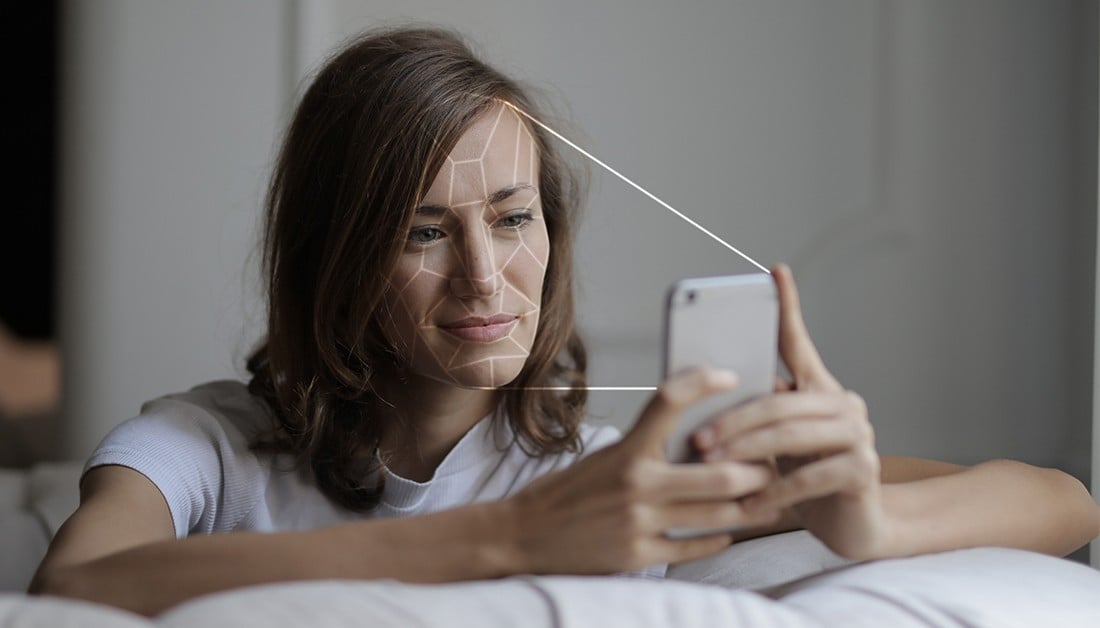The conversion rate for automated identity verification is the rate at which potential users attempt to sign up for a service or product to successfully complete the verification process, with the goal to become real users. It is often asked how high this rate is while using an auto-ident provider. Yet, there is no general or simple answer to the question of the success rate of automated identity verification. Since the conversion rate is influenced, among other things, by the degree of automation and accuracy of the verification process, there is no one-fits-all solution in practice.
What is accuracy in verification?
The accuracy of a verification is ultimately the sum of many different individual checks. In this respect, the overall accuracy must actually be considered as the sum of all verification accuracies of the checked components, as well as each checked feature within the identity verification.
The accuracy must also be examined individually for each feature in identity verification. In document verification, there are different accuracies for the extraction of data from the MRZ (Machine Readable Zone), the extraction of data from the VIZ (Visual Inspection Zone) and for each individual authenticity check. There can be large deviations depending on the document type and issuing country, as well as the capture of an image. Especially for face verification, there are dependencies on external factors, but also on the individually selected thresholds. The same applies to liveness detection.
What does automation mean?
The overall level of automation is the percentage of successful verifications that automatically pass through the workflow process without the need for manual verification or rejection of identity.
The possible, overall level of automation, highly depends on your specific use case. You ultimately want to know a quota that describes how many identity verifications can automatically pass through your entire (individual) process without false-positive and false-negative results in any out of the many verification steps. This maximum level of automation depends, for example, on how strict your business rules are initially laid out, what tolerance you consider acceptable and/or the specific circumstances of your use case.
How accuracy and automation influence each other
If you specify that for each type of document (ID card, passport, driver’s license, etc.) every single letter of the MRZ (Machine Readable Zone) must correspond to every single letter of the VIZ (Visual Inspection Zone), this will affect your level of automation. Why is it so? The name in the MRZ is not protected by the checksum and uses an OCR-B font that does not allow special characters (unlike the VIZ). Additionally, longer names are cut off by the MRZ. For these reasons, when matching MRZ against the VIZ data, a mismatch is detected. If you decide to apply this very strict rule, any check that contains a name with special characters or a long name will be excluded from the automated process, increasing your false-negative rate and decreasing the overall level of automation.
On the other hand, if in your case, hyper-secure verification is not needed, and you just want to perform a simple age verification process, you can easily increase the overall level of automation, by requesting access only to the MRZ data and do not require matching with the VIZ data. Depending on the specific case, you can even accept expired documents. As a result, the percentage of successful verifications that automatically pass through your process without requiring manual verification or rejection will highly increase. The bottom line is that you determine the maximum level of automation yourself, by defining the verification rules and workflows depending on your individual use case. This is flexibly adapted by you through PXL Ident, for example, which offers various workflow configurations.
The conversion rate varies - and that is a good thing
It is important to have the ability to set the conversion rate individually, as every company or use case has different identity verification requirements. For example, depending on the case, it may be necessary to have very precise verification processes to ensure that only authorized users gain access. In other cases, however, it is more important to achieve a high conversion rate in order to optimize the user experience and the registration process.
By customizing the conversion rate, a company can tailor the identity verification requirements to its specific needs. This can help make the registration process faster and more efficient, and successfully convert more potential users into customers. At the same time, customizing the conversion rate can help to increase the security of the corresponding service or product and reduce unwanted users or fraud attempts.
Therefore, there is no universal statement on the conversion rate for the Auto-Ident process. Or rather, there should not be such a statement, since the requirements for each application are always different and must be determined individually.
However, if you still want to make a statement about the conversion rate, an honest answer would be between approx. 70-99.9%, depending on the strictness of your business rules.
At PXL Vision, we offer you various technical configuration options to flexibly adjust accuracy and automation in order to find the ideal conversion rate for your use case.
Do you want to hear more about it?
Then let's have a chat. Contact us, and together we will find the optimal solution for you.

.png?width=63&height=51&name=logo%20(6).png)






